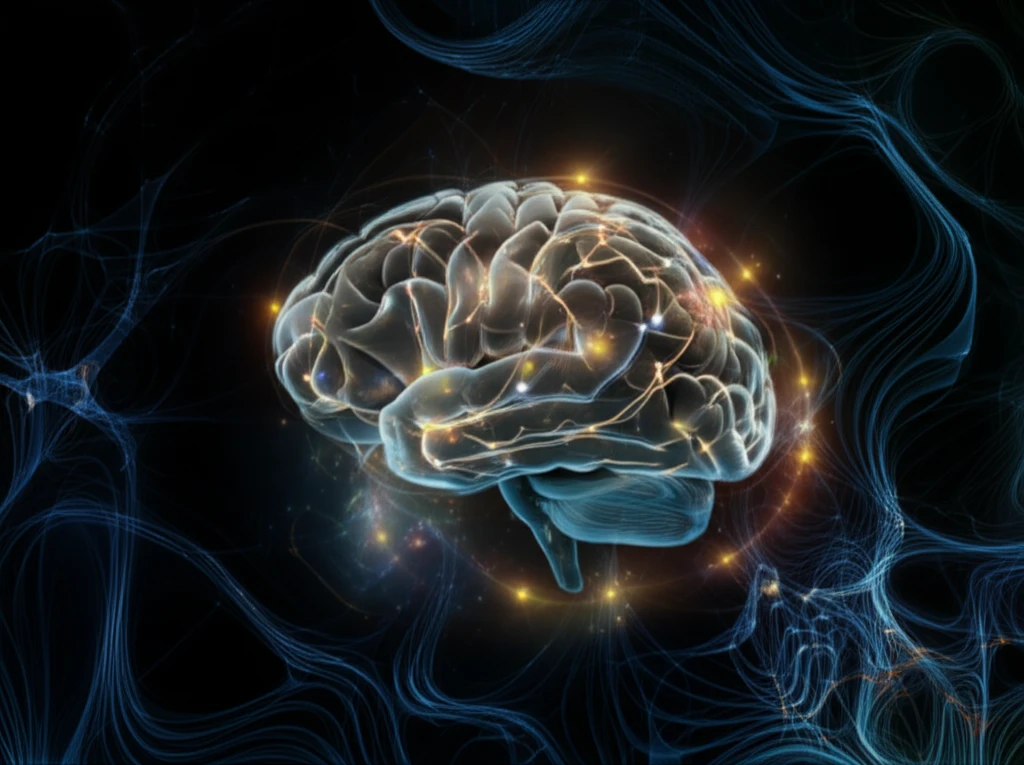
Decoding Your Brain's Visual Pathways: How New Tech Reveals Hidden Connections
"Scientists unlock the secrets of how your brain processes visual information using advanced imaging, paving the way for better understanding and treatment of visual disorders."
Have you ever wondered how your brain transforms the light entering your eyes into the vibrant, three-dimensional world you perceive? The process is far more intricate than you might imagine, relying on a complex web of interconnected pathways that process visual information.
Understanding these visual pathways is crucial, not just for appreciating the miracle of sight, but also for addressing a range of neurological conditions. Now, thanks to a new study utilizing advanced neuroimaging techniques, scientists are gaining unprecedented insights into the inner workings of the visual system.
This article delves into the groundbreaking research that maps the functional connections in the brain's visual system. We'll explore how this innovative approach is helping us understand the flow of visual information, identify key differences in how the brain's visual streams are organized, and potentially unlock new treatments for visual impairments and other neurological disorders.
Mapping the Visual Pathways: A New Approach

The recent study published in Scientific Reports, takes a novel approach to understanding visual processing. Researchers used resting-state fMRI (functional magnetic resonance imaging) data from 40 healthy individuals to map the 'directed functional connectivity' within the visual system. Instead of just looking at which brain regions activate together, they focused on the direction of signal flow between these regions.
- Multivariate Nonlinear Coherence: Utilizes the power of four-node networks to capture complex interactions among brain regions, offering a more nuanced understanding of connectivity than traditional pairwise methods.
- Temporal Hierarchy: Infers the direction of signal flow by analyzing the timing of activation across different brain regions, revealing the 'cause-and-effect' relationships within the visual system.
- Frequency-Specific Analysis: Examines signal progression at different frequency windows, uncovering how the brain organizes visual information at various scales.
Implications and Future Directions
This innovative approach has revealed key differences in the organization of the brain's two main visual streams: the dorsal and ventral pathways. The dorsal stream, associated with spatial processing ('where' things are), exhibits numerous feedforward connections, particularly in the left hemisphere, linking visual areas to non-visual regions. In contrast, the ventral stream, associated with object recognition ('what' things are), has fewer pathways, with feedback connections dominating in the fusiform gyrus.
Importantly, by demonstrating that the resting-state functional connectivity aligns with pathways previously identified using stimulus-driven data, this study validates the use of resting-state fMRI for mapping visual system connectivity. This opens doors for investigating how these pathways are disrupted in individuals with visual impairments or neurological disorders.
Ultimately, the insights gained from this research could lead to new diagnostic tools and targeted therapies for a wide range of conditions affecting vision and cognitive function. By further refining this novel approach, researchers can gain a deeper understanding of the brain’s intricate networks and unlock new avenues for treating neurological conditions.
